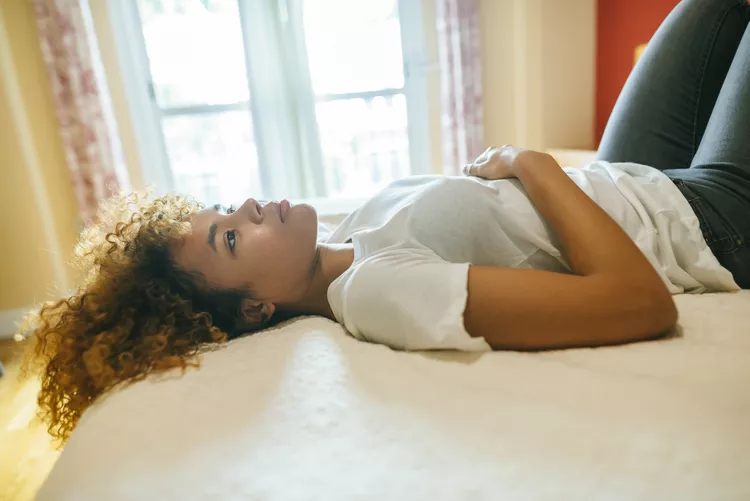Sadness can quickly make it difficult to achieve your fitness goals and cause you to lose motivation. If your heart and mind are not in sync, even simple tasks like making your bed or cooking breakfast shouldn’t be a priority.
Prioritizing exercise when you are feeling low can help. Exercise can lift your mood and make you feel happier.
A comprehensive study of exercise and mental health found that exercise can actually alter the brain’s function and reduce anxiety.
These five exercises can boost your mood and increase your motivation to improve your mental and physical health.
30 minutes of meditation + 30 minutes of walking
A study by Translational Psychiatry suggests that spending approximately 60 minutes doing cardio and meditation can significantly reduce depression and ruminative thinking.
Spend 20 minutes sitting meditation to follow the same method researchers used with study participants. Next, take 10 minutes to walk slowly. Keep your eyes on your feet and your foot movements as you move from one foot towards the next. This will allow blood to flow to your extremities, which will help you get to the aerobic part of the workout.
After the slow warmup and meditation, you can walk for 30 minutes at 50 to 70% of maximum heart rate. Research suggests a 5-minute warm-up followed by a 30-minute cardio segment. According to the Centers for Disease Control and Prevention (CDC), you can calculate your heart rate by subtracting 220 from your age. This is your maximum age-related cardiac rate.
Tai Chi for 30 Minutes
A peer-reviewed study published by The Lancet Psychiatry found that Tai Chi, a mindfulness exercise, can provide optimal mental health improvements.
Tai Chi, an ancient Chinese martial art, is widely practiced around the globe for its health benefits. In order to achieve inner peace, the exercise involves slow, gentle movements that combine breath, mind, physical activity.
Tai Chi training programs can vary as there are no standard, but they all aim to improve blood flow and strengthen muscles.
The National Health Service suggests that you start a Tai Chi practice by attending a class or watching a demo before you register for a course.6 Classes can be found through local gyms, community recreation programs, and private instructors.
A series of Hatha Yoga Movements
Yoga has been shown to have positive effects on mental health. A systematic review of yoga that was intended to improve sadness and depression symptoms found that yoga, particularly Hatha yoga (a type of yoga that teaches physical poses) was most effective in decreasing feelings of depression.
These five hatha yoga postures are great for reducing sadness. You can do them in a series, or just one.
The Child’s Pose
Forward seated folds such as the Child’s Pose can bring calmness and peace to your body. This pose allows you to open your torso and connect to your breathing.8 It is a common resting position in most yoga classes.
Dog that is downward facing
The Downward Facing dog is an inverted position that can shift pressure to your crown. This helps stabilize your mood and emotions. Inverted poses are where the head is below the heart. 9 For those who aren’t familiar with this concept, keep your weight in your legs. If your hamstrings are tight, bend your knees.
Bridge Pose
To make your heart happy and confident, chest expansion poses will open your heart.10 Bridge pose: You lie down flat on your back with your knees bent while lifting your hips upward. This will allow your chest to expand from its closed position. It also creates a better posture.
Corpse Pose
The corpse pose, also called Savasana or relaxation pose, is the ultimate relaxation pose. This is the last pose of any yoga practice. To reap the full benefits of this pose, you should spend between five and ten minutes lying down.
Headstand–An advanced move
Sirsasana (or the headstand for more experienced yoga devotees) is an inversion that can help you beat depression. It creates a positive effect on your emotions and helps reduce cortisol, also known as stress hormone.
This pose is also good for your body, as it involves many body parts, including your shoulders, head and hamstrings. Headstand requires balance throughout your body.
You can modify a headstand if it is difficult for you.







